Costing just US$11,000 (£8,855; RM48,813), BYD Auto Co has just unveiled the “Seagull” – the cheapest EV (electric vehicle) – at the Shanghai Motor Show. The Chinese automaker headquartered in Xi’an is known for its models based on sea-animals (Seal and Dolphin), Chinese imperial dynasties (Han, Tang, Yuan and Song) and warships (Frigate and Destroyer).
The Seagull comes in two versions – 75 kW (101 hp) which offers 405 kilometres (251 miles) and 55 kW (74 hp) with a range of 305 kilometres (190 miles). Its BYD Blade battery is not only cheaper, but allows very fast charging – from 30% to 80% charge within 30 minutes. It is the first BYD model to use lithium-free and cobalt-free sodium-ion battery.
Last year, BYD sold a jaw-dropping 1.86 million electric vehicles – more than the previous 4 years combined (it sold only 593,745 cars in 2021). Effectively, the company has captured 30% market share of all new energy vehicle sales in China in 2022. The automaker reported a net income of 16.6 billion Yuan (US$2.4 billion) – an impressive jump of 446%.
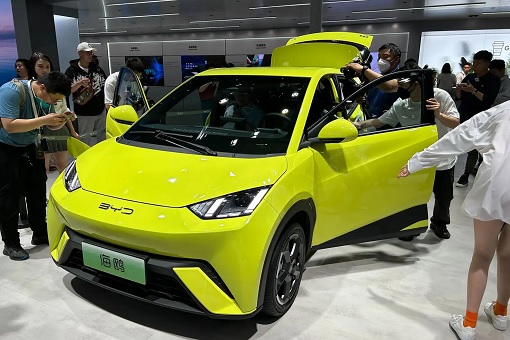
BYD sold so many EVs last year that it left Tesla in the dust, not bad for a Chinese brand which only started manufacturing cars in 2003. Already outsold Volkswagen in sales on the Chinese market in November 2022, BYD surpassed Tesla’s 1.31 million electric vehicles in 2022. From the third-largest automaker in 2016, BYD became the largest EV manufacturer in the world last year.
But the Seagull was not designed to compete in features or design. Priced from 78,000 Yuan (US$11,300), the latest model is more than half less than the base price of the Nissan Leaf (US$28,040) or the Chevy Bolt which is US$26,500. While it’s not an apple-to-apple comparison, Tesla’s cheapest model – Model 3 – costs US$39,990 at base price (can buy 3 Seagulls).
German automaker Volkswagen, which established its presence in China way back in 1985, isn’t the only company that’s feeling the heat and pain in the country. Not only legacy manufacturers have been losing market share to domestic rivals, brands like General Motors, Ford, and Hyundai, have cut their output by up to 50% in the last five years in China.
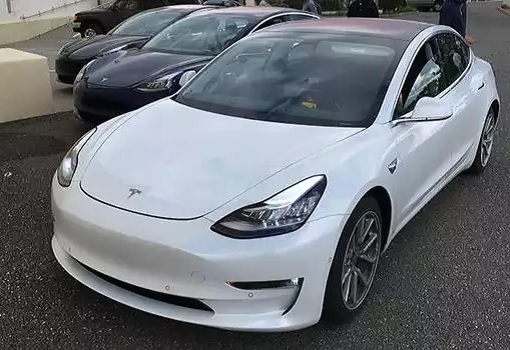
Now, even Tesla has launched a price war in China and the United States for several months to make its cars more affordable. The undisputed leader among the biggest electric car companies by market capitalisation has slashed prices on some of its models – the sixth time the company has done so this year, and the second time in April alone.
Besides cutting prices in the U.S. by as much as 20% in order to qualify for a federal electric vehicle tax credit, Tesla started cutting prices in October 2022 after it lost market share to its competitors, especially BYD, which saw approval from billionaire Warren Buffett when the Oracle of Omaha’s Berkshire Hathaway purchased 225 million shares in BYD in 2008 for US$230 million.
Berkshire initial investment skyrockets and was worth about US$8 billion in early 2023. Charlie Munger, the right-hand man of Warren Buffett, praised BYD CEO Wang Chuanfu as a genius with a “combination of Thomas Edison and Jack Welch” in a 2009 interview with Fortune. He said the investment in the Chinese carmaker was one of the best decisions he’s ever made.
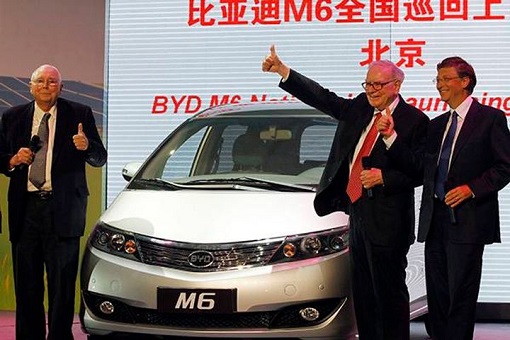
In fact, Munger said BYD’s success compared to Tesla was almost ridiculous. Asked if he would prefer Tesla or BYD as an investment, Munger said the answer is easy – “Tesla reduced its prices in China. BYD increased its prices. We are direct competitors. BYD is so much ahead of Tesla in China … it’s almost ridiculous”. Munger has every reason to be surprised.
In just the past two years, the electric vehicles sold annually in China grew from 1.3 million to a whopping 6.8 million, making 2022 the eighth consecutive year the country topped the world’s largest market for EVs. In comparison, the U.S. only sold about 800,000 EVs in 2022. So, how did the Chinese beat not only Tesla in terms of sales, but dominates the world’s electric vehicles?
China did not become the dominant force in EVs overnight, let alone by pure luck. While Beijing is well known for giving generous subsidies, tax incentives, procurement contracts and other benefits, those goodies are useless without a clear government policy, innovative research and development, local talents and consumer base to take the leap into the new frontier.
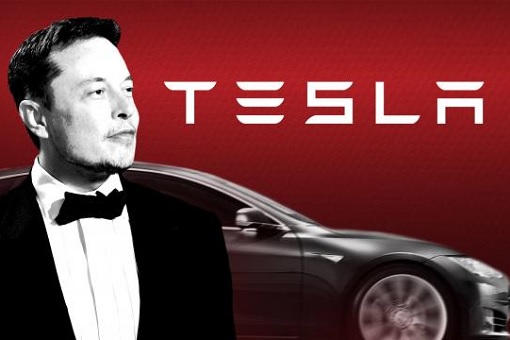
In the early 2000s, when Tesla began development of its Roadster (which would deliver its first EV to customers in 2008) and Prius became the world’s first mass-produced hybrid electric vehicle (not purely an EV, mind you), China realized it would never overtake the U.S., German, and Japanese internal combustion engine technologies and innovations.
At best, the Chinese would play catch-up even though they were already the powerhouse in the manufacturing and assembling foreign vehichles. They were just cheap labours doing the fulfillment rather than innovate and create new niche markets. The Chinese government took the risk to break away from the established technology to invest in completely new territory – electric vehicles.
It was a huge gamble because even General Motors and Toyota were merely experimenting with the new technology. Back then, it was already an achievement to produce a hybrid car, largely because battery technology still had not matured and was incredibly expensive to produce. That explains why Prius has been discontinued, as did Honda Insight and other brands.
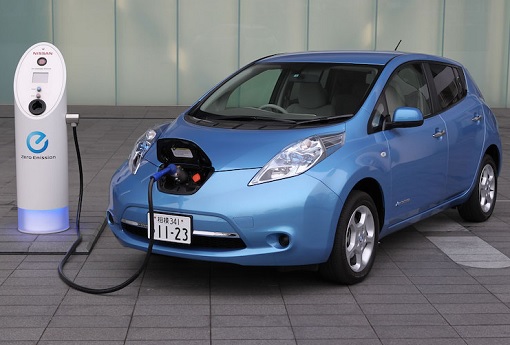
As a matter of fact, since 2008, Tesla only sold approximately 2,450 Roadsters in over 30 countries through December 2012. The Nissan Leaf, the first modern all-electric car, took 10 years to surpass 500,000 units in 2020. In general, Japanese automakers failed to see why they should transform the auto industry into electric cars when their hybrids were already 40% more efficient than combustion.
That complacency had allowed China to take the first step to invest EV technology in 2001 through a research and development programme in its “Five-Year Plan”, the country’s highest-level economic blueprint. The project has convinced the Chinese government that new energy technologies could yield economic profits and mitigate environmental problems.
The man behind the idea of “leapfrogging” China’s auto industry – from internal combustion engines to “new-energy vehicles” – was Mr Wan Gang. A non-Communist party member, he came back to China in 2000 from Germany at the invitation of the Chinese government and was appointed as chief scientist and group leader of the “863 Program” key electric automobile projects.
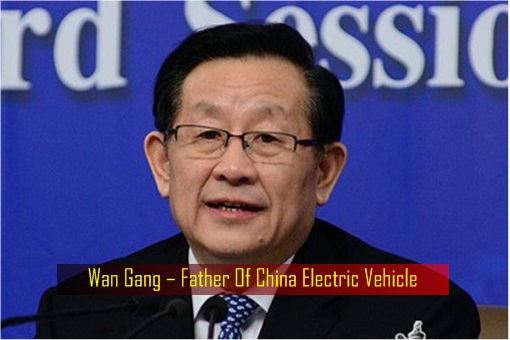
An automobile expert who had worked in German Audi Corporation since 1991, the graduate of a Ph.D. program in mechanical engineering at Clausthal University of Technology in Germany had contributed the production of Audi A4 – the next generation car. He was appointed the Minister of Science and Technology in 2007, after having secured 1.16 billion Yuan (US$168 million) to support R&D in 2006.
Yes, Beijing chose an engineer to lead the country’s technology of EVs. Levi Tillemann, a former U.S. Department of Energy adviser and author of “The Great Race: The Global Quest for the Car of the Future” said – “He’s the father of China’s electric-vehicle industry. Without Wan Gang, it’s unlikely China would have pushed to surpass the West. That was his big idea.”
It was Wan Gang who advised Chinese leaders that China could never hope to catch up with Japanese, American or German manufacturers when it came to traditional vehicles. He argued that new technologies could put China on more-equal footing or even allow it to take the lead, not to mention it could help the country break its dependence on foreign oil.
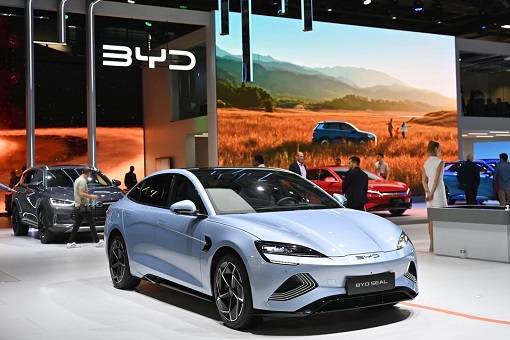
As the Minister of Science and Technology, he repeatedly challenged China’s engineers – build a fleet of electric buses for the 2008 Beijing Olympics and put 1,000 battery-powered vehicles on the streets of every major city. In 2018, Bloomberg published an article that says the world’s leading electric car visionary isn’t Elon Musk, but Wan Gang.
It took only a decade for China to build the world’s largest battery-powered electric vehicle market. In 2017, the U.S. has installed 47,130 charging outlets while China has 213,903. Today, the U.S. has 160,000 EV chargers while China has 1.15 million charging stations. The West laughed at China when it sold fewer than 500 EVs in 2009, the same year it began gave out financial subsidies to EV companies.
From 2009 to 2022, the Chinese government splashed 200 billion Yuan (US$29 billion) into subsidies and tax breaks for EV companies to produce buses, taxis, or cars. However, the government was clever enough not to discriminate against foreign partners. Rather than pissing off the foreigners by not offering the subsidies that local companies get, companies like Tesla also enjoys incentives.
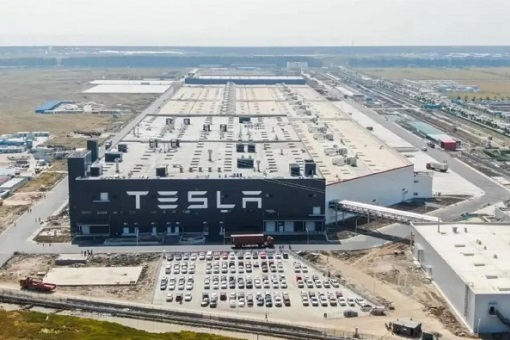
Tesla Gigafactory in Shanghai – a US$2 billion project – was built under just one year, thanks to local Chinese government’s policy to facilitate red tapes and roadblocks. Tesla is the first foreign company to wholly own a car manufacturing plant in the country. Since its first production in December 2019, the factory has produced its 1-millionth electric car in August 2022.
Early this month, Elon Musk said Tesla is expanding in China and will build a new factory to make its large-scale “Megapack” batteries. As the biggest producer of batteries, China is an indispensable part of Tesla’s supply chain. China has created an ecosystem that tightly integrates important American technology companies like Tesla, making it difficult to quit the country.
Recognizing battery cells – which make up 40% of the cost of EV – as the most important part of an electric vehicle, China has been controlling all the necessary materials in battery manufacturing. Without Chinese-made batteries and the related minerals refined and mined by Chinese companies, Tesla would not have become the US$1 trillion company and BYD could not produce 1.86 million EVs.
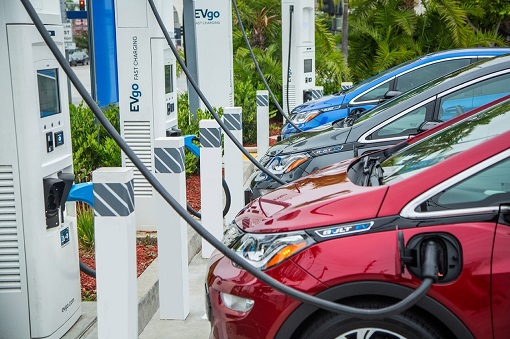
China is leading the battery arms race – battery maker CATL controls about 30% of the world’s EV battery market and Chinese refineries supplied 85% of the world’s battery-ready cobalt, which comes from the Democratic Republic of the Congo (DRC), where almost 70% of the mining sector is dominated by Chinese companies, controlling various stages of the supply chain – from mining and refining to final assembly.
Ford Motors recently announced that its licensing CATL’s lithium-iron-phosphate technology for use in a new battery plant it will set up in the US state of Michigan. Japanese car makers, particularly Toyota, which took the wrong turns when it resisted the push to battery-powered cars, are now scrambling to join the bandwagon. Toyota said it plans to introduce two new models in China.
By now, when other countries realized the importance of battery materials and the potential of EVs, China has already established its head start not only in supply chain, but also EV batteries that are cheap and can be produced at industrial scale. Some Chinese electric vehicles are already entering the European and Japanese market and even considering coming to the U.S.
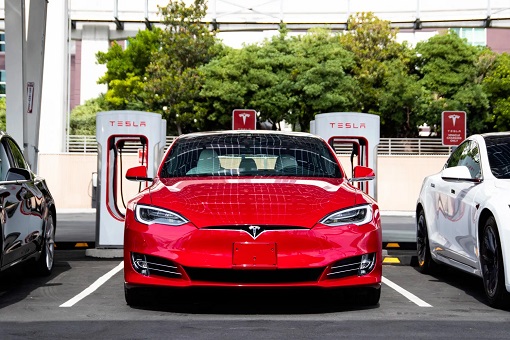
Like it or not, China is going to set the global standard in terms of making cheap electric cars. The Chinese firms are moving so quickly that unless the Japanese industry, U.S. industry, the European industry adapts quickly to differentiate themselves, the mass car industry risks being wiped out by the Chinese. No matter what they do, they still have to source the batteries from China.
Other Articles That May Interest You …
- Volvo Will Sell Only Electric Cars By 2030 – And You Can Only Buy It Online
- Tesla Skyrockets! – Here’s How Elon Musk Can Beat Jeff Bezos To Become The World’s Richest Man
- Learn From China – Mahathir Has To Dismantle Discrimination & Racist Economic Policy First
- If Proton Has The Quality Of Volkswagen Or Toyota, People Will Not Dump The National Cars
- Third National Car, The Unfinished Business – Why Mahathir Should Wake Up & Stop Hallucinating
- China Geely Introduces Meritocracy – But Handicapped Proton “Bumiputeras” Aren’t Happy
- 80% Cheaper To Take Robo-Taxi – The Next Car You Buy Could Be Your Last
- Delivering 310 Miles (499-KM) – Tesla Model 3 Could Be As Successful As iPhone
- Australia Will Get World’s Largest Battery – Free – If Musk Fails Within 100 Days
- Leading The World – Volvo To Make Only Electric & Hybrid Cars From 2019
- Here’s Why Zuckerberg Was Furious When SpaceX Rocket Exploded

|
|
April 24th, 2023 by financetwitter
|


|

|

|

|

|

|




























The Chinese made EVs is a security threat to the West.
It’s tyres, headlamps or infact every components will spy
on the West by sending data back to China. This will
undermine the rules based international order and
must be sanctioned.